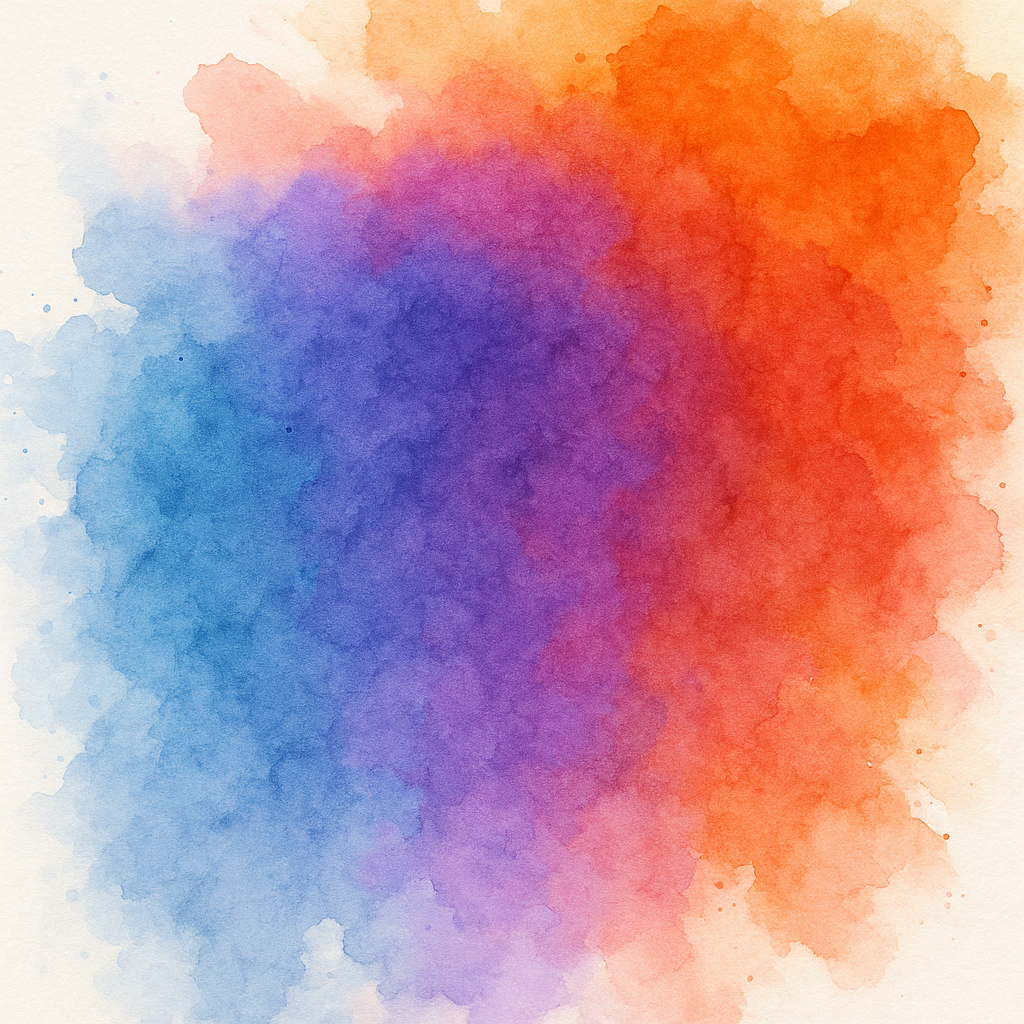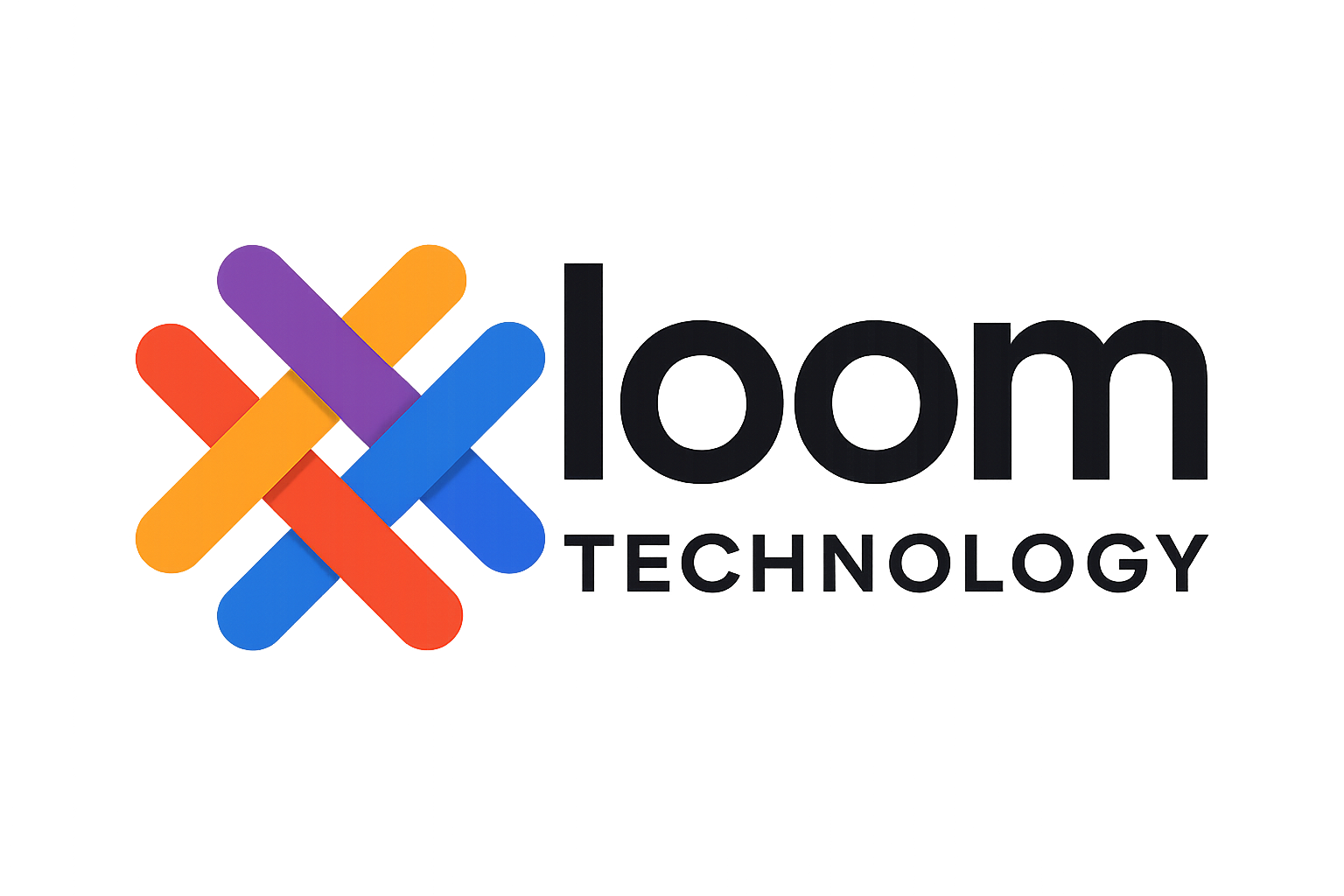Solutions for CTOs and CIOs

Solutions Playbook
For Chief Technology Officers & Chief Information Officers
As technology leaders, you navigate an increasingly complex landscape where AI and cloud technologies promise transformation but often deliver fragmentation.
This playbook outlines how Loom’s approach creates sustainable technological systems that enhance human capabilities rather than simply automating them away.
Drawing on research in organizational psychology, cognitive science, and systems thinking, we’ve developed a framework that addresses the core challenge facing todays CTOs and CIOs: How do we implement technological solutions that create genuine transformation rather than new dependencies?
Our answer lies in the integration of technological systems with human networks — creating what we call “Weaver Organizations” that combine robust resource networks with powered connections across existing system.
The Regenerative Intelligence Framework
The Current Technology Landscape
Today’s technology landscape presents four critical challenges:
- Fragmentation: Siloed solutions that create technical debt and reduce operational agility
- Dependency Risk: Over-reliance on narrow vendor ecosystems
- Security Vulnerabilities: Increasing attack surfaces as systems multiply
- Human-Technology Friction: Implementation failures due to poor human-system integration
These challenges result in what we call `brittle transformation” — technological changes that create short-term efficiencies at the cost of long-term resilience.
The Four Organizational Technology Patterns
Based on our research, organizations typically fall into one of four technology implementation patterns:

1. The Drifters: Technology-Poor, Connection-Poor
- Characteristics: Limited technological capabilities and poor intra-organizational communication
- Symptoms: Outdated systems, manual processes, isolated teams, high turnover
- Risk Profile: Extremely vulnerable to disruption, slow to change
2. The Insiders: Technology-Poor, Connection-Rich
- Characteristics: Limited technological capabilities but strong cultural cohesion
- Symptoms: Deep institutional knowledge trapped in manual processes, resistance to new tools
- Risk Profile: Resilient against cultural challenges but vulnerable to technical disruption
3. The Connectors: Technology-Rich, Connection-Poor
- Characteristics: Advanced technology implementation but poor adoption and siloed usage
- Symptoms: Underutilized systems, “shadow IT,” lack of cross-functional collaboration
- Risk Profile: Technically capable but fails to extract full value from investments
4. The Weavers: Technology-Rich, Connection-Rich
- Characteristics: Integrated technology ecosystems that enhance human capabilities
- Symptoms: High adoption rates, cross-functional innovation, technology as enabler
- Risk Profile: Highly resilient, adapts quickly to changing conditions
Our data shows that “Weaver” organizations recover from disruptions up to 4x faster than organizations in other categories, while reporting higher innovation metrics and employee satisfaction.
Our Approach
At the core of our consulting practice, we help CIOs and CTOs transform their organizations from being merely technology-rich to becoming true digital weavers. Our methodology acknowledges that successful AI orchestration requires both cutting-edge technology and organizational connectivity.
Phase 1: Diagnostic & Strategy
In this initial phase, we conduct a comprehensive assessment of your current technology landscape and organizational connectivity. We identify whether youre operating as Drifters, Insiders, Tool Rich, or Weavers, and pinpoint specific barriers preventing optimal AI orchestration. This phase culminates in a strategic roadmap with clear priorities, metrics, and governance structures aligned to your business objectives.
Phase 2: Integration & Enablement
The second phase focuses on implementing your AI orchestration strategy, beginning with high-value initiatives that demonstrate quick wins while building toward comprehensive transformation. We integrate AI capabilities with existing systems, establish data pipelines, and develop the technical architecture needed for seamless operations. Simultaneously, we build your team’s capabilities through targeted training programs and role optimization to ensure your people can effectively leverage new technologies.
Phase 3: Transformation & Sustainability
The final phase transforms your organization into true “Weavers” by embedding new ways of working and collaborating around AI and cloud technologies. We implement sustainable adoption frameworks that drive continued engagement, establish metrics to measure both technical performance and business outcomes, and create feedback mechanisms that allow for continuous improvement. This phase ensures your organization develops the resilience and adaptability needed to maintain leadership in an evolving digital landscape.
CASE STUDIES
Financial Services: Global Investment Firm
Challenge: Legacy systems across multiple countries with disparate sovereign data architectures and resistant management
Solution: Implemented Connection-First Architecture that prioritized human networks alongside technological integration
Results:
- 62% reduction in process cycle times
- 47% increase in cross-departmental collaboration
- $32M in annual savings from streamlined operations
AI Search Enhancement: Reduced Friction in Orchestration
Challenge: Multiple connectors and AI model commitments left “AI expertise” underused.
Solution: Applied Loom’s Orchestration Framework Lamina to optimize AI tools into existing brittle prompt engineering workflows, connecting seamlessly to legacy
Results:
- 43% increase in AI tool adoption for non-technical users
- 87% reduction in documentation time
- 18% improvement in search accuracy
Manufacturing & Logistics: AI-Powered Connection Tooling
Challenge: Vulnerable supply chain with poor visibility and slow response to disruptions
Solution: Implemented Regenerative Intelligence systems to connect human expertise with predictive analytics, connecting carriers with loads
Results:
- Reduced response time from hours to minutes
- 540% improvement in reliability of vetted carriers
- Enhanced resilience during major capability fluctuations
THE SCIENCE BEHIND OUR APPROACH
Our methodology is grounded in research on Regenerative Intelligence:
- Cognitive Enhancement: Studies demonstrate that organizations with strong social connections show enhanced collective intelligence and problem-solving capabilities when augmented with AI tools
- Resource Network Efficiency: Data indicates that integrated technology ecosystems with strong human networks distribute resources more effectively during disruptions
- Innovation Acceleration: Research shows that diverse teams with both strong connections and access to advanced AI tools produce more innovative solutions
This science forms the foundation of our approach: technological transformation is most effective when it enhances rather than replaces human connection.
Next Steps
Ready to transform your organization?
- Schedule an Assessment: Our team will evaluate your current technological and connection resilience
- Participate in the Executive Workshop: A half-day session to identify your organization’s unique path to becoming a Weaver
- Receive Your Custom Playbook: A tailored implementation plan specific to your organization’s challenges and opportunities
